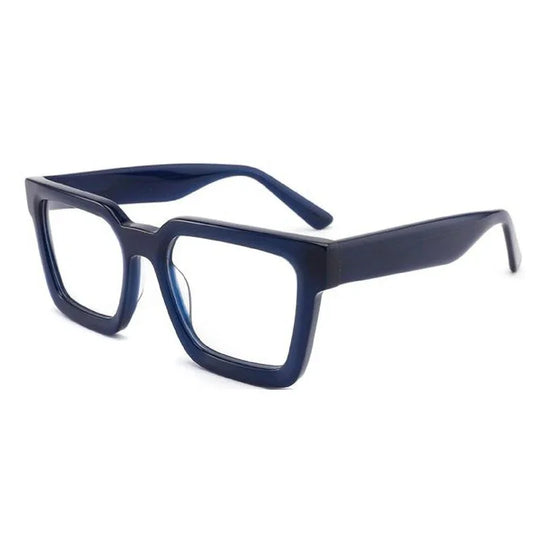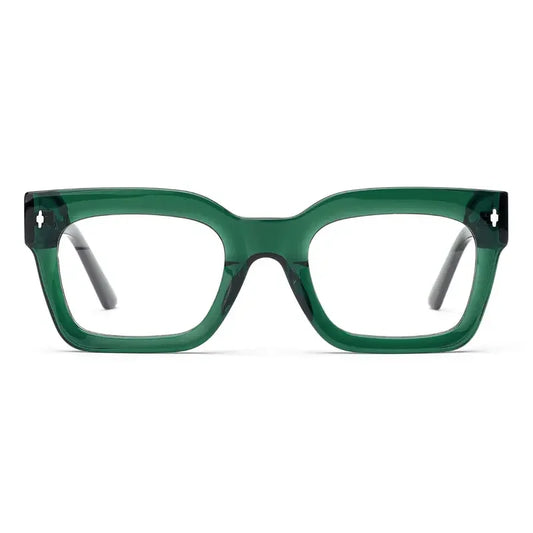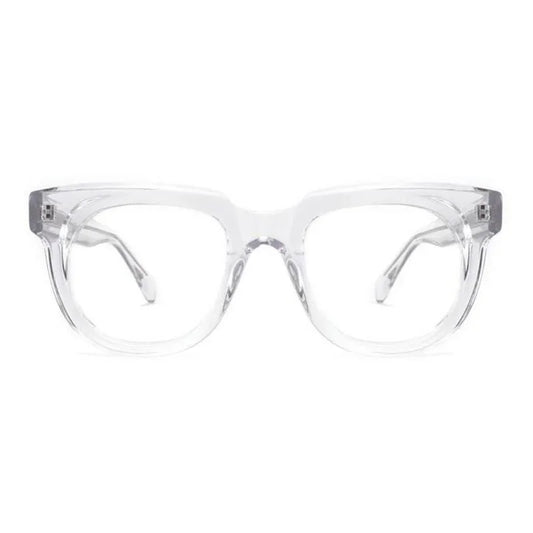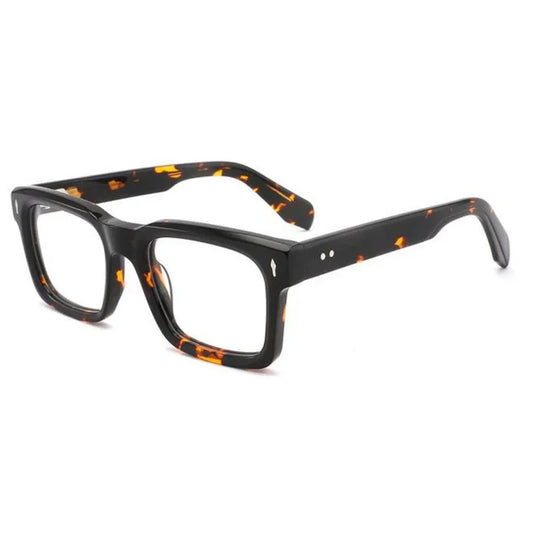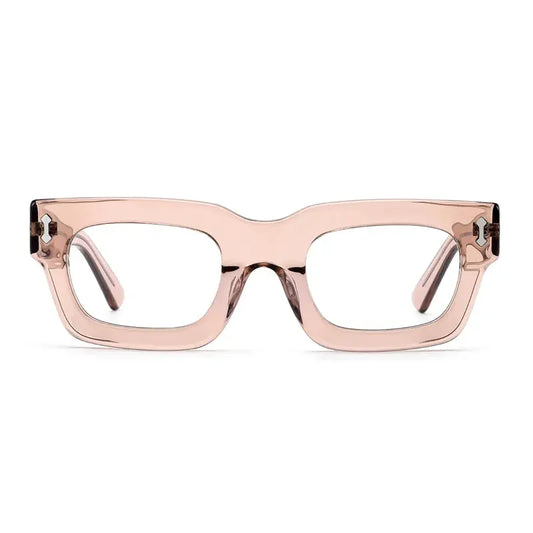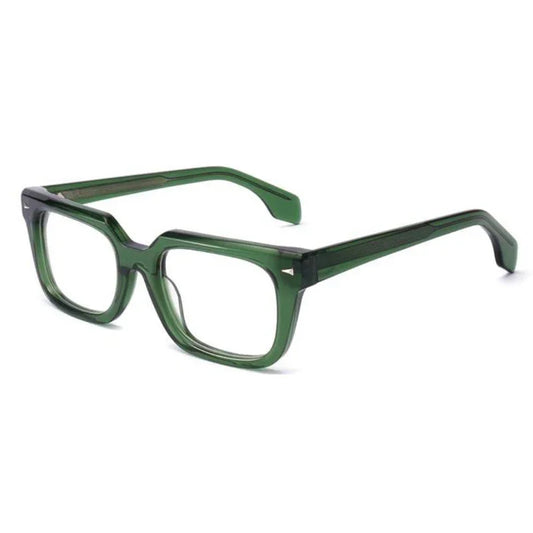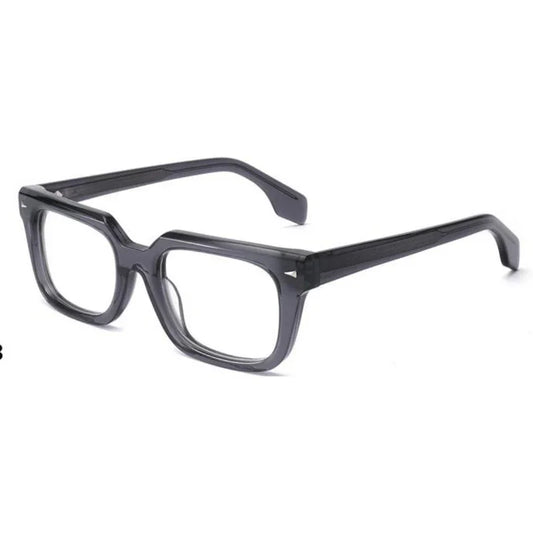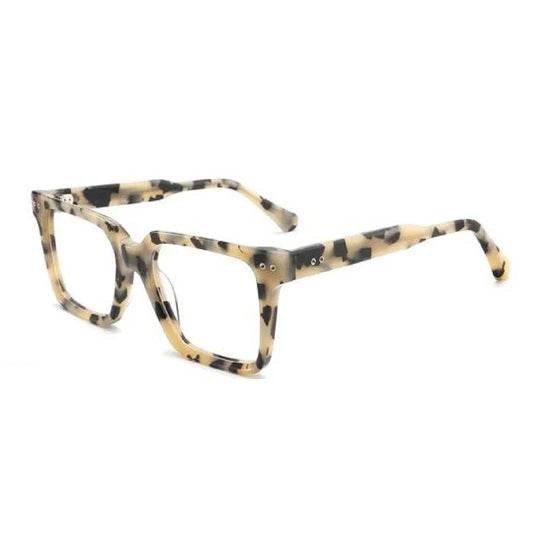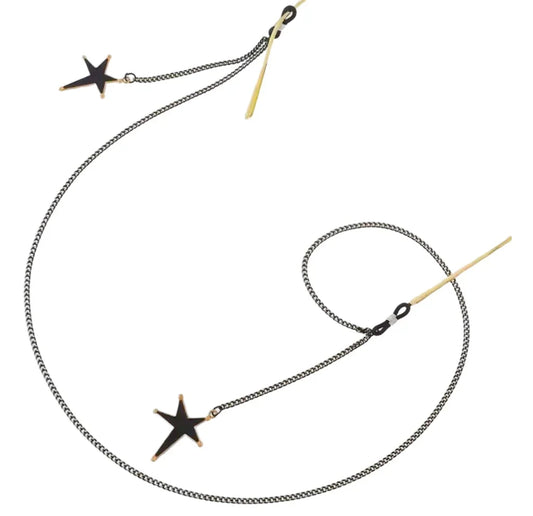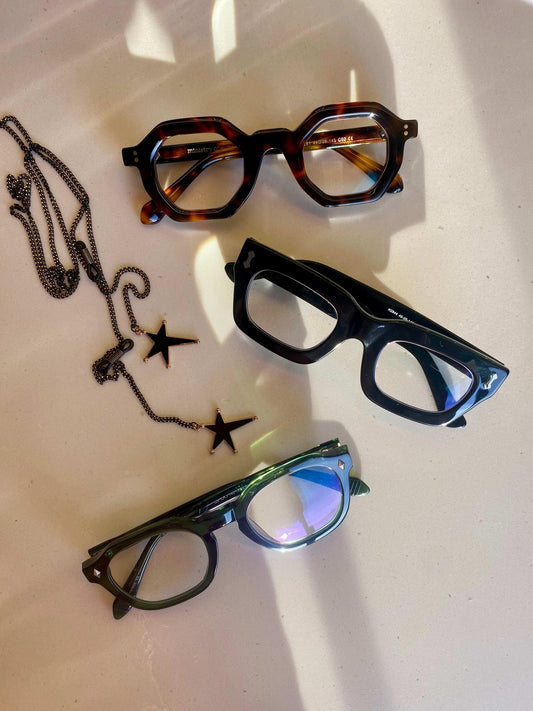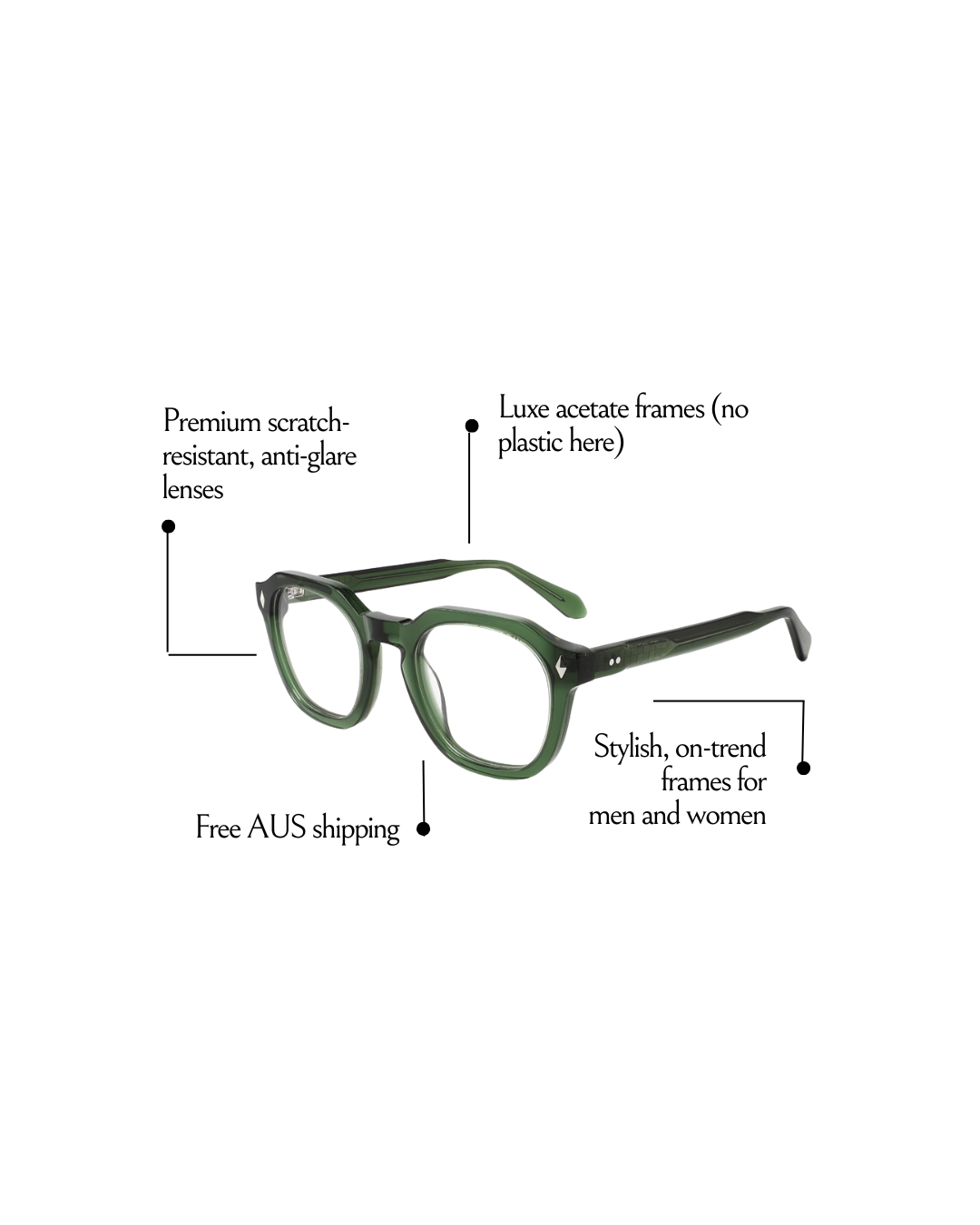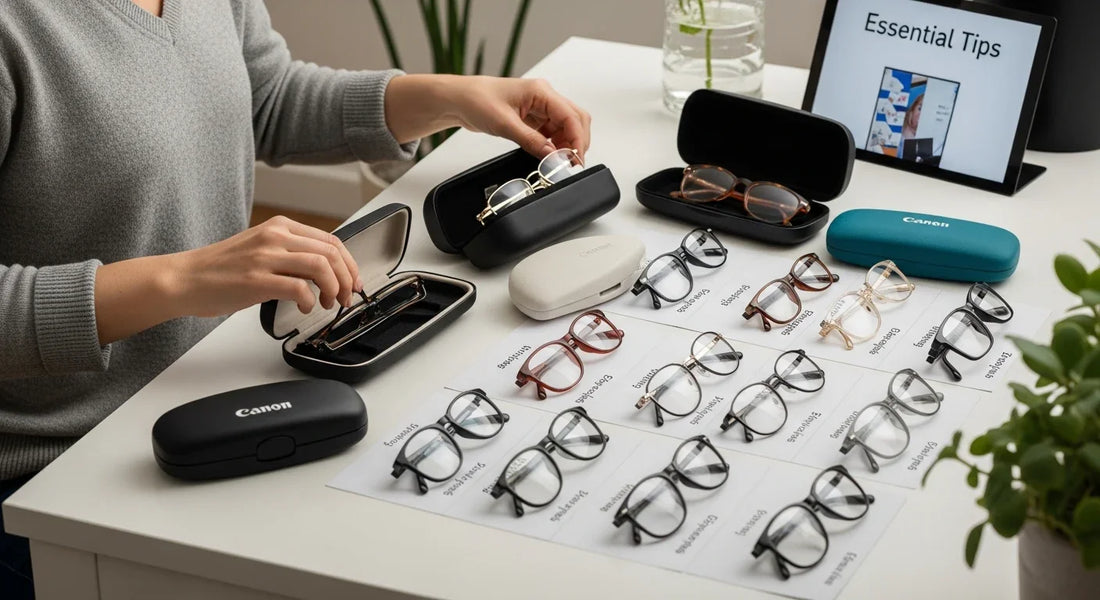
Essential Tips for Glasses Storage for Optimal Care
Reading glasses end up everywhere. You might have a pair on the kitchen bench, another on your bedside table, and maybe even one lost under the couch. Sounds practical, right? But get this. Where and how you store your glasses can make a bigger difference to their lifespan than you think and most people damage their glasses just by leaving them in the wrong spot. Keeping your expensive specs in top shape rarely comes down to cleaning products. The real trick is all about smart storage, and most Aussies are getting it completely backwards.
Table of Contents
- Step 1: Assess Your Current Glasses Storage Situation
- Step 2: Choose The Right Storage Solutions For Your Glasses
- Step 3: Organise Your Glasses By Frequency Of Use
- Step 4: Protect Your Glasses With Appropriate Cases
- Step 5: Maintain Your Glasses Storage Regularly
Quick Summary
| Key Point | Explanation |
|---|---|
| 1. Assess current glasses storage | Identify all current locations and evaluate risks from exposure to sunlight, liquids, or humidity for better care. |
| 2. Choose protective storage solutions | Select cases that are hard and cushioned for daily use, ensuring ease of access and durability for extended wear. |
| 3. Organise by frequency of use | Place frequently used glasses in convenient locations and keep less-used pairs safely stored to reduce handling risks. |
| 4. Protect glasses with proper cases | Use cases with soft interiors to avoid scratches and robust exteriors to shield against impacts, tailored to your lifestyle. |
| 5. Maintain storage regularly | Conduct monthly inspections to clean cases, rotate storage locations, and ensure ongoing protection from environmental damage. |
Step 1: Assess your current glasses storage situation
Managing your reading glasses begins with understanding how you currently store them. This crucial first step helps you identify potential risks and opportunities for improving your glasses care routine. Many people overlook the importance of proper storage, which can lead to unnecessary damage or premature wear.
Evaluating Your Current Storage Practices
Start by gathering all your reading glasses and examining their current storage locations. Walk through your home and collect glasses from bedside tables, kitchen counters, living room side tables, and any other spots where you might leave them. Some people scatter multiple pairs throughout different rooms, while others keep them in a single location. Neither approach is inherently wrong, but both require careful assessment.
Look closely at each storage spot and consider potential risks. Are your glasses exposed to direct sunlight? Are they near liquids or areas with high humidity? Are they placed precariously where they might fall or get knocked over? These environmental factors can significantly impact the longevity and condition of your glasses. Read our guide on small storage solutions to help you optimise your current setup.
While assessing, take inventory of the physical condition of your glasses. Check for existing scratches, loose hinges, or signs of wear that might indicate current storage methods are not ideal. Pay attention to how you typically place your glasses down - do you fold them carefully or drop them carelessly? Your handling habits are just as important as your storage location.
Key verification points for this assessment include:
- Identifying all current glasses storage locations
- Noting potential environmental risks
- Evaluating the physical condition of each pair
- Understanding your current handling and placement habits
By the end of this step, you should have a clear picture of your current glasses storage situation. This assessment forms the foundation for implementing more effective storage strategies in the subsequent steps of our comprehensive guide.
This checklist table helps verify if your current glasses storage practices are optimal and identifies key areas for improvement.
| Verification Point | What to Check | Why It Matters |
|---|---|---|
| All storage locations identified | Have you located every place glasses are kept at home or work? | Prevents missed pairs and unnoticed risks |
| Environmental risks noted | Are locations exposed to sunlight, liquids, or humidity? | Mitigates avoidable damage to lenses and frames |
| Physical condition assessed | Have you checked for scratches, loose hinges, or wear? | Identifies if damage is related to storage habits |
| Handling habits reviewed | Do you place glasses carefully or carelessly? | Ensures long-term durability and reduces accidental harm |
Step 2: Choose the right storage solutions for your glasses
Selecting appropriate storage solutions transforms how you protect and maintain your reading glasses. The right storage approach prevents scratches, minimises accidental damage, and extends the lifespan of your eyewear. Different environments and usage patterns require tailored storage strategies.
Start by considering the primary locations where you use and store your glasses. For home environments, a dedicated glasses case near frequently used areas works best. Your bedside table, home office desk, or living room side table are ideal spots. Choose hard cases with soft inner linings that provide cushioning and protection against unexpected bumps or drops. Learn about essential reading glasses accessories to complement your storage approach.
Mobility matters when selecting storage solutions. If you move between different spaces or carry glasses frequently, invest in compact, sturdy cases that fit easily into handbags, briefcases, or jacket pockets. Lightweight yet protective cases with secure closures prevent accidental openings and potential damage during transportation. Consider getting multiple cases to match different contexts - one for home, another for work, and a smaller version for travel.
Key considerations for choosing storage solutions include:
- Protection level of the case
- Ease of access
- Portability
- Material durability
- Inner lining quality
Verify your chosen storage solution by testing its protective capabilities. Drop the case from a short height onto a soft surface, check the glasses remain secure, and examine whether they emerge unscathed. Rotate between different storage locations to understand how each case performs in various environments. The goal is finding a storage method that becomes second nature - protecting your glasses without feeling like an inconvenient extra step in your daily routine.
Step 3: Organise your glasses by frequency of use
Organising your glasses by how often you use them transforms your storage approach from random placement to strategic management. Frequency-based organisation helps protect your most important pairs while keeping less used glasses safely stored. This method reduces unnecessary handling and minimises the risk of accidental damage.
Begin by creating a tiered storage system that reflects your daily reading and visual needs. Your primary reading glasses - those you reach for multiple times daily - should be stored in the most accessible location. Think about your typical daily routine: a pair near your favourite reading chair, another on your bedside table, and perhaps one in your home office. Learn why rotating reading glasses can be beneficial to understand the importance of having multiple pairs strategically placed.
For less frequently used glasses, consider a dedicated storage area that offers protection but isn’t immediately accessible. This might be a drawer in your bedroom dresser or a storage box in your study. Specialty glasses - like those for specific tasks such as computer work or outdoor reading - should have their own designated spaces. Avoid clustering all glasses together, as this increases the chances of accidental scratching or misplacement.
Verification points for your organisation system include:
- Each pair has a clear, designated storage location
- Frequently used glasses are easily accessible
- Less used glasses are safely protected
- No glasses are left in potentially damaging environments
Test your new organisation system by tracking how smoothly you can locate and access your glasses over the next week. The goal is creating a storage approach that feels natural and reduces the stress of constantly searching for the right pair. Your glasses should be where you expect them, protecting them from damage while keeping them conveniently within reach.
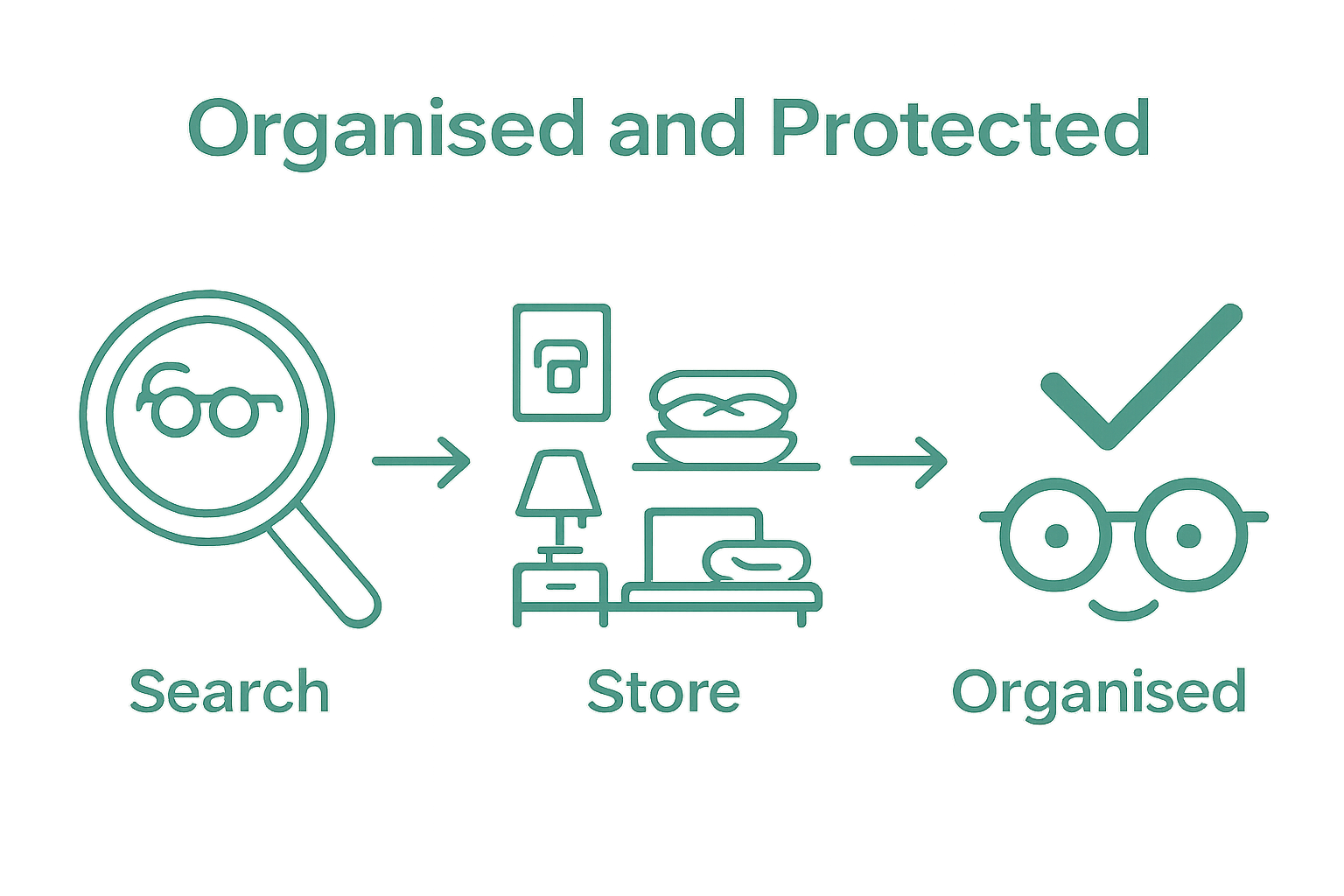
Step 4: Protect your glasses with appropriate cases
Choosing the right protective case is more than a simple accessory decision - it’s a critical step in preserving your reading glasses. Different environments and usage patterns demand specific case characteristics that go beyond basic protection. Think of your glasses case as a personal bodyguard for your valuable eyewear.
Hard cases provide the most robust protection, especially for glasses that travel frequently. Look for cases with a rigid exterior and soft, microfibre-lined interior that prevents scratching and absorbs minor impacts. For glasses that primarily stay at home, semi-rigid cases with padded interiors offer an excellent balance between protection and compact storage. Discover how to care for your reading glasses comprehensively to understand the full scope of glasses maintenance.
Consider the materials and design of your cases carefully. Leather and high-quality synthetic cases offer durability and style, while lightweight plastic cases work well for emergency backup storage. Magnetic closure systems provide secure sealing without the wear and tear of traditional hinged closures. Avoid cases with rough interior surfaces or those that allow dust and debris to accumulate, as these can cause microscopic scratches that gradually damage your lenses.
Key verification points for selecting the right glasses case include:
- Soft, scratch-free interior lining
- Robust exterior protection
- Appropriate size for your specific glasses
- Easy opening and closing mechanism
- Ability to withstand minor drops and impacts
Test your chosen cases by simulating real-world conditions. Gently drop the case from a short height onto a soft surface, open and close it multiple times, and check that your glasses remain secure and undamaged.
Use this comparison table to choose the best glasses case type for your lifestyle, based on protection level, ideal use, and typical features already discussed in the article.
| Case Type | Protection Level | Ideal Use | Key Features |
|---|---|---|---|
| Hard case | Maximum | Frequent travel, carrying in bags | Rigid shell, soft interior, impact resistant |
| Semi-rigid case | Moderate | At-home storage, less movement | Padded, compact, blends protection and space |
| Soft pouch | Minimal | Backup storage, occasional use | Lightweight, easy to carry, basic scratch prevention |
| The ideal case should feel like a natural extension of your glasses care routine - providing protection without adding unnecessary complexity to your daily life. |
Step 5: Maintain your glasses storage regularly
Regular maintenance of your glasses storage system prevents gradual damage and ensures your reading glasses remain in top condition. Consistent care is more important than sporadic deep cleaning. Think of this maintenance like a routine health check for your eyewear, catching potential issues before they become serious problems.
Start by establishing a monthly inspection routine for your glasses cases and storage areas. Empty each case completely, checking for accumulated dust, debris, or small particles that might scratch your lenses. Use a soft, lint-free microfibre cloth to gently clean the interior of hard cases, removing any trapped dirt. Pay special attention to the corners and seams where grime tends to collect. For fabric cases, consider occasional gentle washing or replacement if they become too worn or dirty.
Rotate your glasses storage locations periodically to prevent prolonged exposure to potentially damaging environmental conditions. Sunlight, humidity, and temperature fluctuations can gradually degrade both glasses and cases. Move cases away from direct sunlight, heating vents, or areas with significant temperature changes. If you want to understand more about caring for your reading glasses, consider how storage impacts their longevity.
Key maintenance verification points include:
- Clean and inspect cases monthly
- Remove all glasses and check for accumulated debris
- Wipe case interiors with soft cloth
- Evaluate case condition for wear or damage
- Rotate storage locations to prevent environmental stress
Verify your maintenance routine’s effectiveness by tracking the condition of your glasses over time. Well-maintained storage should result in clearer lenses, intact lens coatings, and glasses that look and feel as good as when you first purchased them. The goal is creating a simple, repeatable process that becomes second nature - protecting your investment with minimal effort.
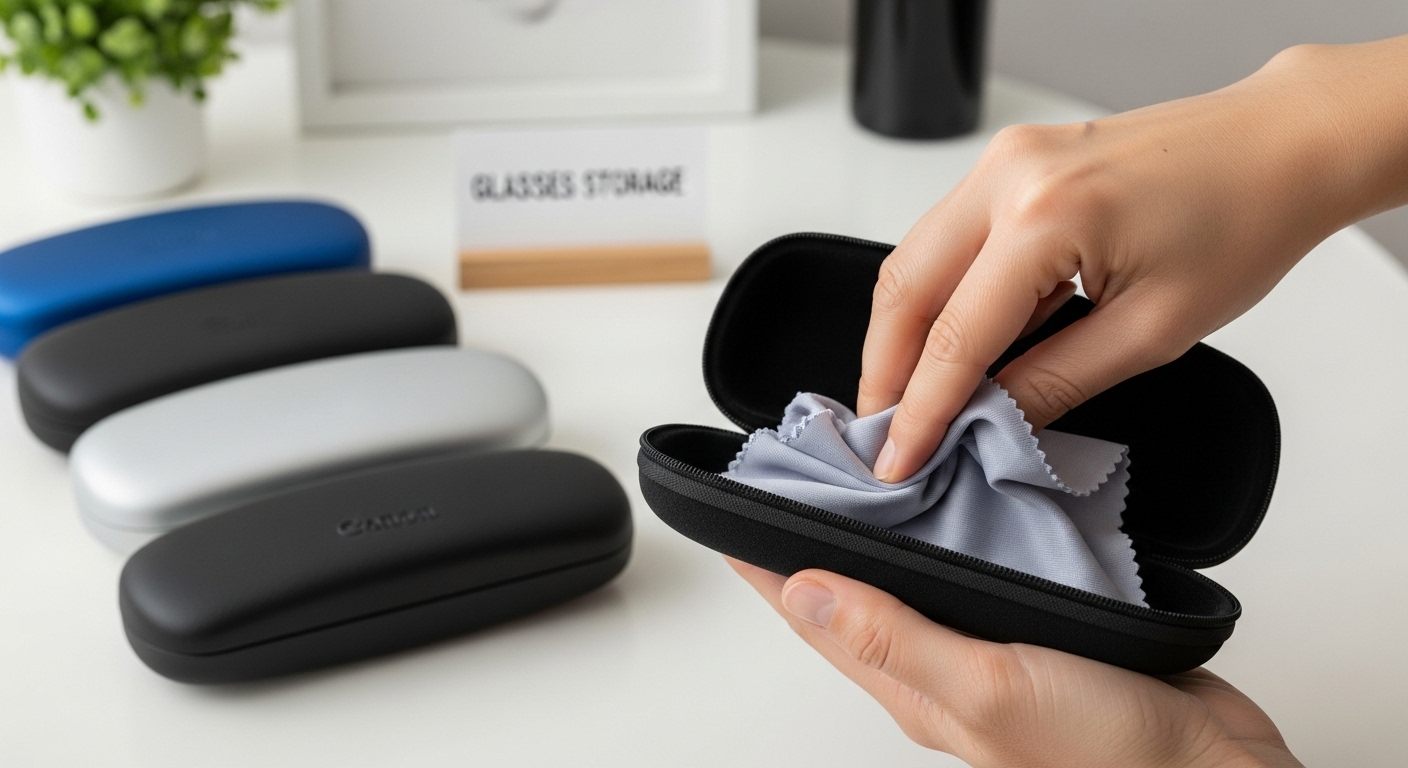
Protect Your Glasses and Invest In Lasting Quality
Are you tired of scratched lenses, misplaced glasses, or simply not knowing the best way to care for your eyewear? This article highlights common frustrations like poor storage habits, forgotten pairs, and accidental damage that lead to costly replacements. You deserve peace of mind and a simple routine that keeps your reading glasses in perfect condition.
Taking control starts with proven storage solutions and the right accessories. Discover a range of premium storage cases and care tools at our Reading Glasses Accessories and Storage collection. Each item is designed to keep your glasses safe, organised, and easy to reach. Stylish hard cases, soft pouches, and cleaning accessories make maintenance effortless.

Upgrade your glasses care today so you can enjoy clear vision every single day. Visit ministryofsight.com.au or explore our Stack Your Style collection to transform how you store, wear, and protect your reading glasses. The right storage choices will protect your investment and save you headaches in the long run. Make your eyewear routine stress-free starting now.
Frequently Asked Questions
How should I store my reading glasses to prevent damage?
Properly store your reading glasses in a dedicated case with a soft interior lining to protect against scratches. Keep them in areas away from direct sunlight, humidity, and high-traffic locations to prevent accidental damage.
Why is it important to organise glasses by frequency of use?
Organising glasses by frequency of use ensures that your most important pairs are easily accessible while reducing the risk of accidental damage to less frequently used pairs. This system enhances efficiency and care for your eyewear.
What type of glasses case offers the best protection?
Hard cases provide the best protection for reading glasses, especially those that are frequently transported. Look for cases with a rigid exterior and a soft, scratch-resistant lining to absorb minor impacts and prevent scratching.
How often should I clean and maintain my glasses storage?
Regular maintenance should be done monthly. This includes inspecting cases for dust and debris, cleaning the interiors with a soft cloth, and rotating storage locations to protect against environmental damage.
Recommended
- Keep Glasses Handy with Small Storage Solutions – ministry of sight
- 7 Must-Have Accessories for Reading Glasses – ministry of sight
- How to Care for Reading Glasses – ministry of sight
- How to Check Glasses Quality: A Practical Guide for Adults – ministry of sight
- Yarn Project Organization Guide: Master Your Crafting Space – CRAFTISS


